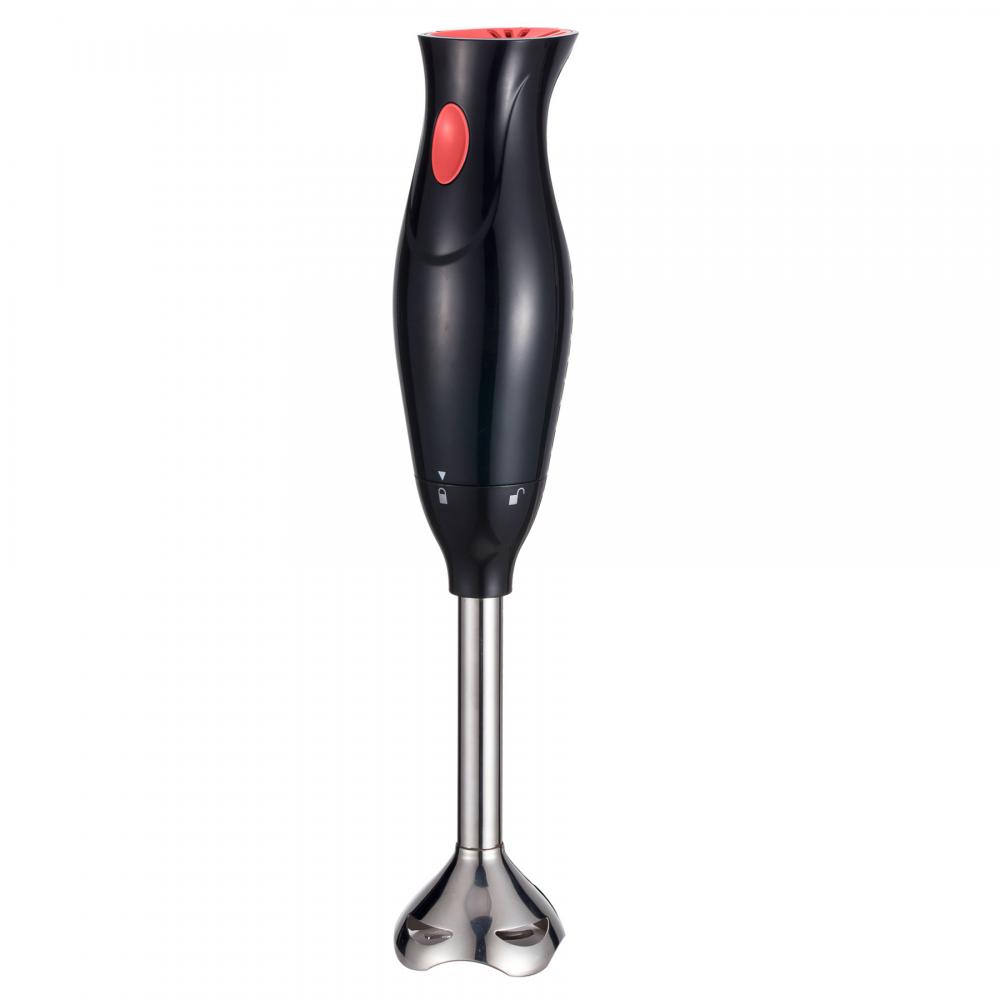Right now, the Chinese tire industry is facing such a situation. In the second half of 2010, the Ministry of Industry and Information Technology announced the "Tire Industry Policy," and recently released the "12th Five-Year Plan for the Development of the Rubber Industry". The two guidance documents that have been issued put forward several important development goals: restricting bias tires. Increase production capacity, support energy-saving and environmentally friendly radial tires; encourage the integration of resources of advantageous enterprises; strive to form one or two companies that enter the world's top ten sales at the end of the “Twelfth Five-Year Plan†(annual sales revenue is close to 4 billion US dollars), so that domestic Ten companies have a production concentration of more than 50%.
This seems to be a task that is not difficult to accomplish. In 2010, China produced nearly 400 million tires, accounting for 20% of global production, of which more than 35% was exported. However, we all know that the development of our tire industry has entered a predicament. It is the Jedi counterattack or the return of salted fish. It is indeed a question worth pondering.
Technical shortcomings are a problem that the Chinese tire industry cannot avoid. European tires have already reached a 100% radialization rate, and China has only 80% of the radial tires until today. As one of the future development directions of tires, safety tires (run-flat tires) have grown globally at a rate of 30% to 50%. The United States Goodyear Tire and Rubber Company has invested in production at its Dalian plant, which makes it the first tire company to manufacture “air-in-service†tires in China. However, the vast majority of domestic companies are in a technically blank position in this regard. China's tire companies mainly follow the method of introduction and introduction in terms of technological development, which also limits the lack of technical content of Chinese tires and can only involve engineering and agricultural vehicle tires at a low cost.
The immediate consequence of this status quo is the low corporate profitability. Foreign-owned tire companies have advanced technology, high brand value, and strong scale advantages. Interest rates can even reach 20%, and our tire companies generally have a profit margin of around 5%. Many tire companies even lose money when the market fluctuates.
Until 2010, only five tire brands including Hangzhou Zhongce, Triangle, Shandong Linglong, Shandong Xingyuan and Shanghai Double Money were able to enter the top 20 in the Chinese mainland market. In the world ranking of tire companies, only Taiwan’s Zhengxin ranked 12th, Delta Group ranked 14th, Shanghai Tire and Shandong Linglong ranked 19th and 20th.
In the next five years, 1 or 2 tire companies entering the top 10 in the world do not seem to be a difficult problem. From the perspective of output alone, Chinese tire companies have already had a large scale, but the technological content and brands have not been qualitatively improved. Just like salted fish turns over and fleshy, but it will still be eaten soon. The long-term look is still an unsustainable development path.
In fact, China's tire industry has developed to the present, and output is not a very important indicator. If Chinese tire companies want to avoid the tragedy of saltwater fishery, they must do a good job by taking the road of internationalization and global industrial distribution. They must make efforts in product technology research and development and brand building; in conjunction with the development of the automotive industry, they must develop high-end products.
If simply turning salted fish over, the fish on the surface increases, but this phenomenon is not a good thing. The real ability is to make money to buy fish or catch fish, and what the Chinese tire industry needs most is to learn how to make money to buy fish or catch fish.
A. Mixer Beater (s/s)
B. Mixer whisk (s/s)
C. Potato masher
D.550ml measure cup
F. 700ml measure cup
G.350ml chopper
H.700ml Chopper with non-slip base
I. Fine slicer & Julienne Disc, Rough slicer & Julienne Disc, Shred Disc.(For 700ml chopper use only)
K. Wall mounting
L. Bracket
General specifications
Base speed: 2 Detachable shaft: lock & unlock sign
LED light: No Speed setting: 2
Technical specifications
Power: 400W Frequency: 50/60 Hz
Voltage: 220-240V Cord length: 1.2 m
Design specifications
Material body: ABS Surface finishing: injected color
Material rod: Stainless steel Material blade: Stainless steel
Material measure cup & chopper: SAN
Dishwasher attachments: Yes
Approvals
GS/CE/CB/LVD/EMC/ROHS/LFGB/DGCCRF/REACH/ERP

Hand Blender 8 In 1,Hand Blender For Whipped Coffee,Hand Blender Vs Milk Frother,Hand Blender Vs Frothers
Housoen Electric Manufacture Co., Ltd. , https://www.housoenappliances.com